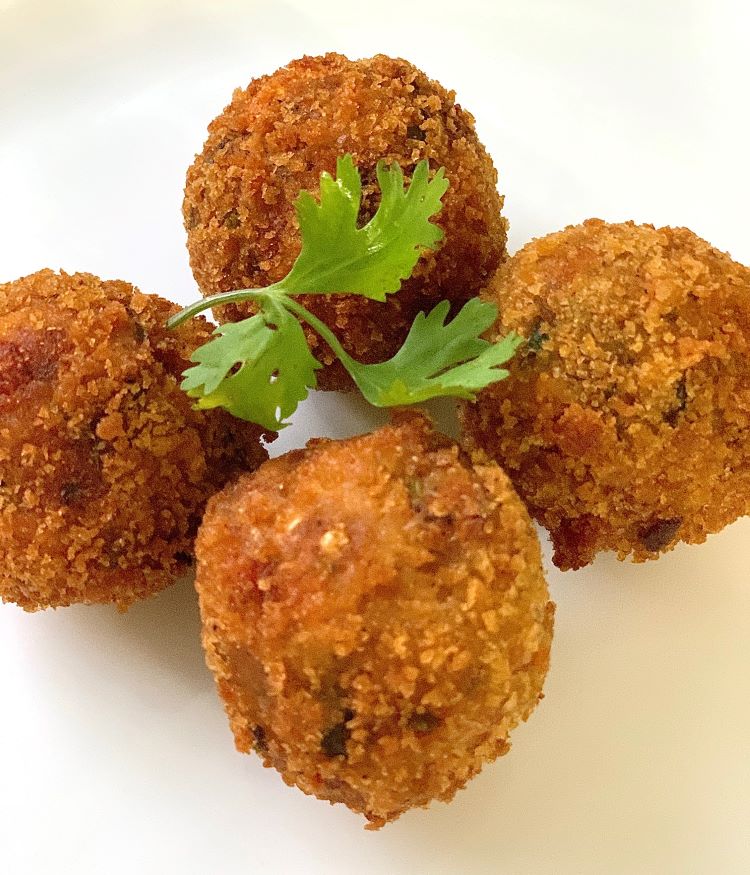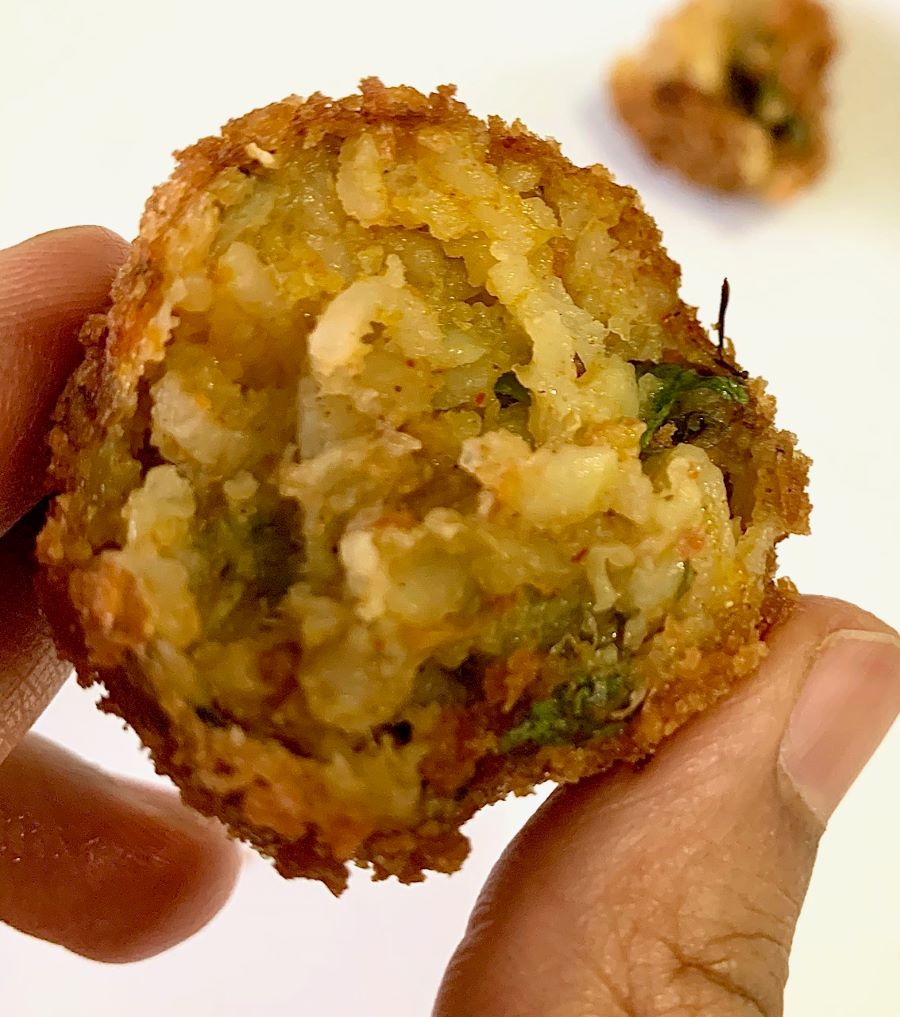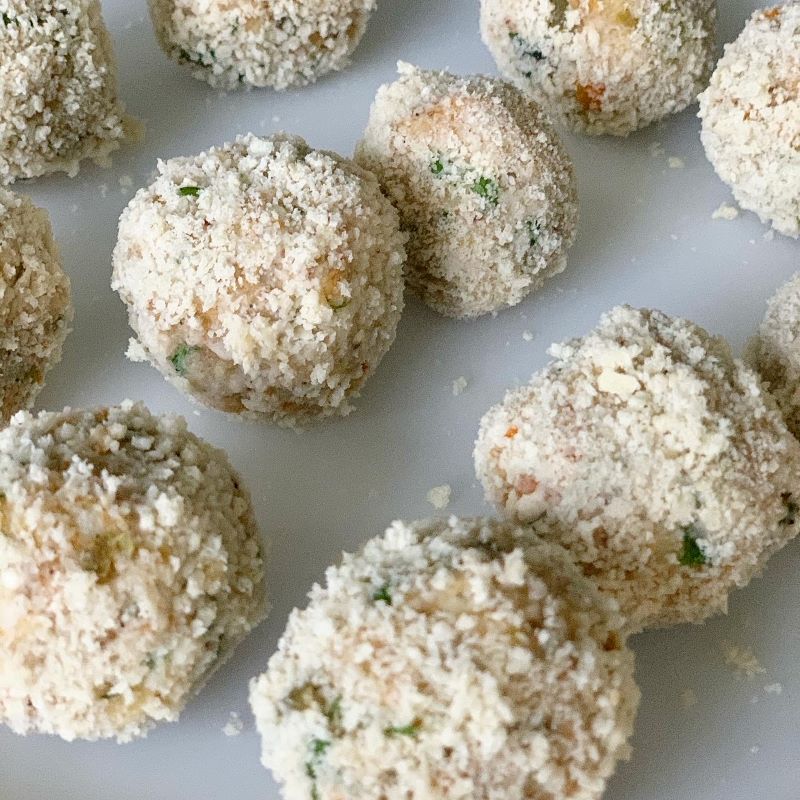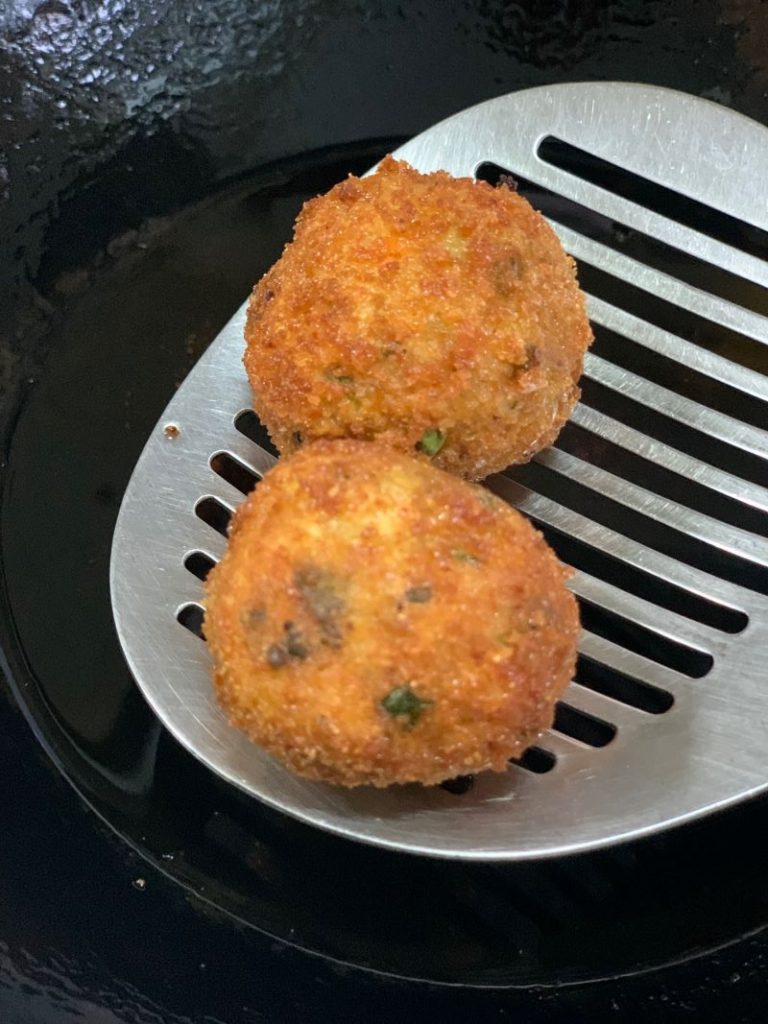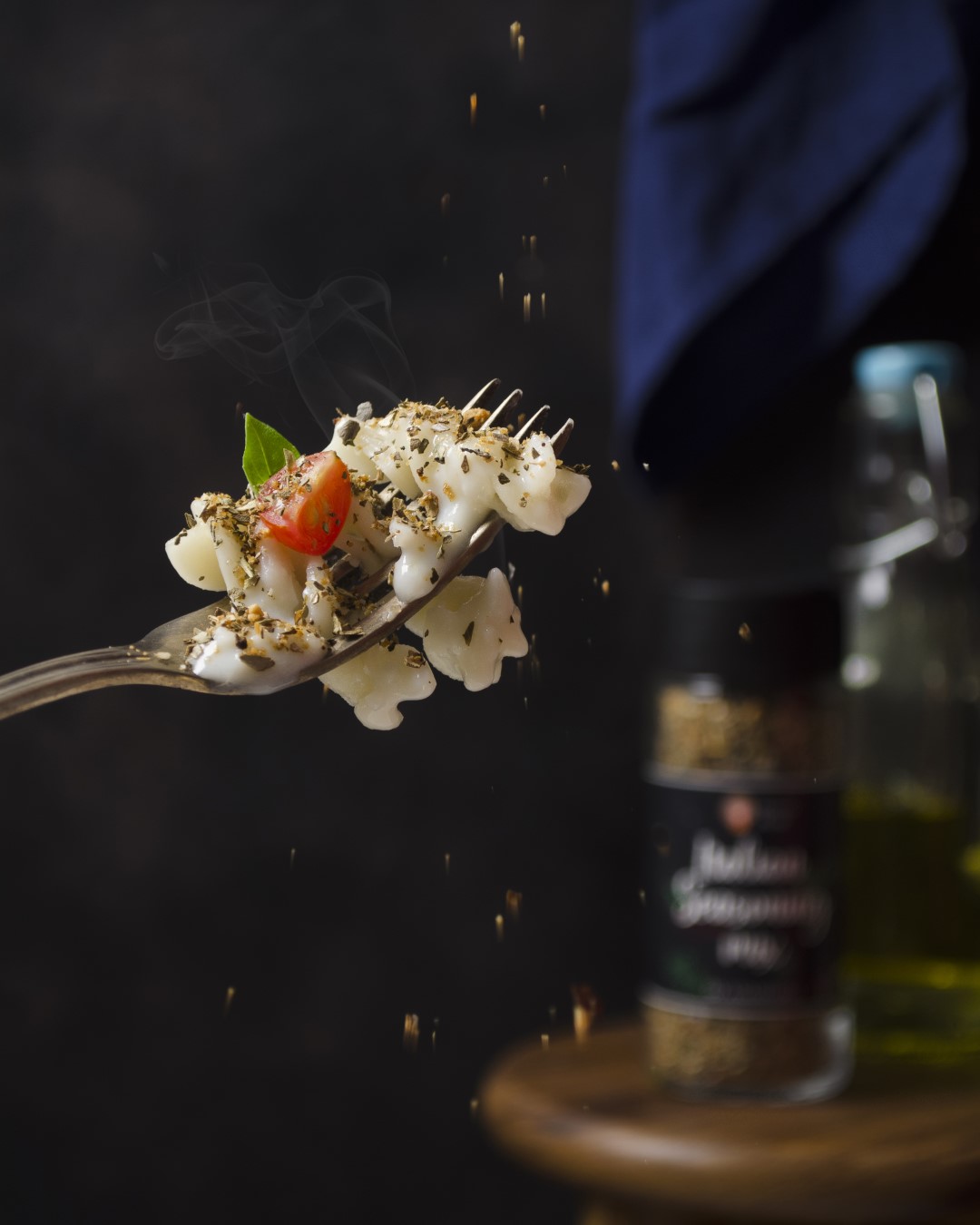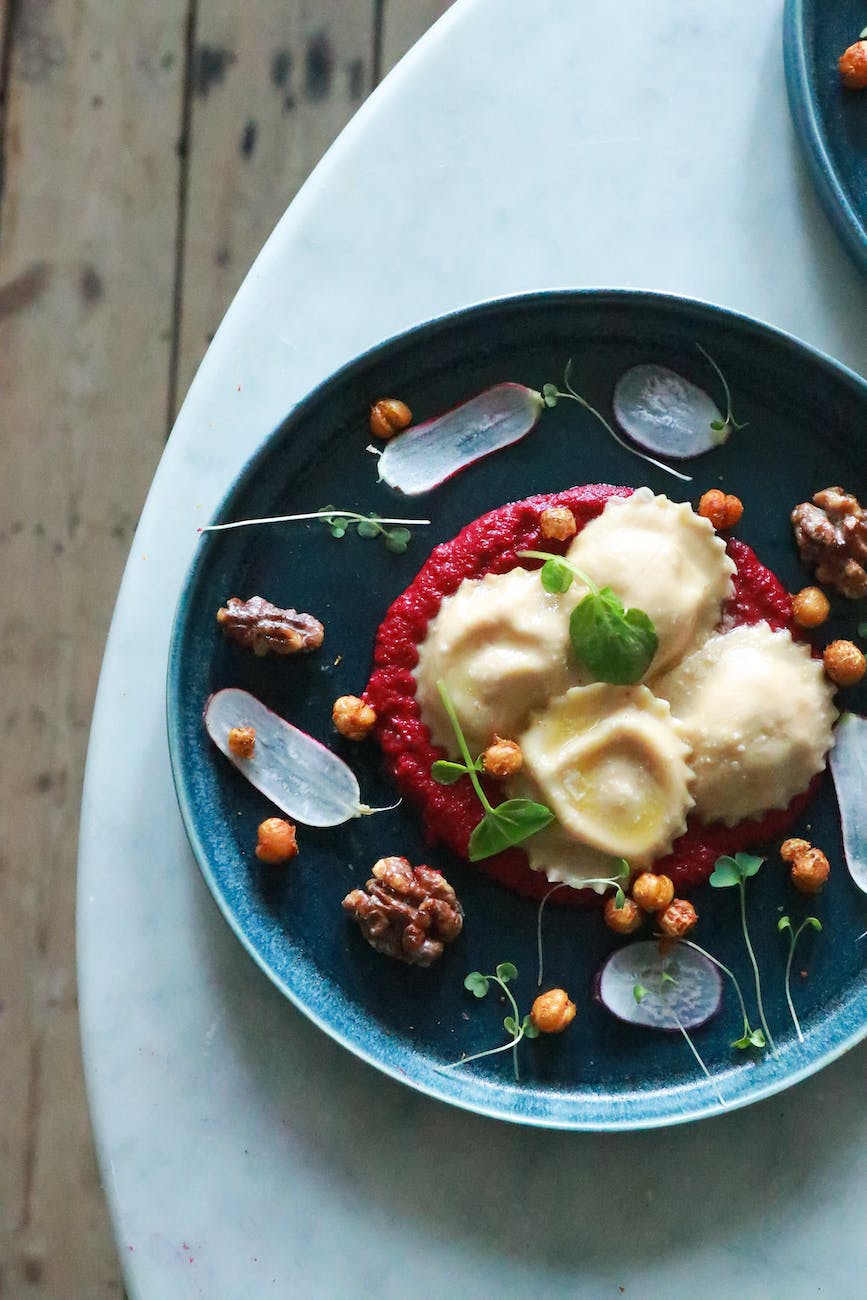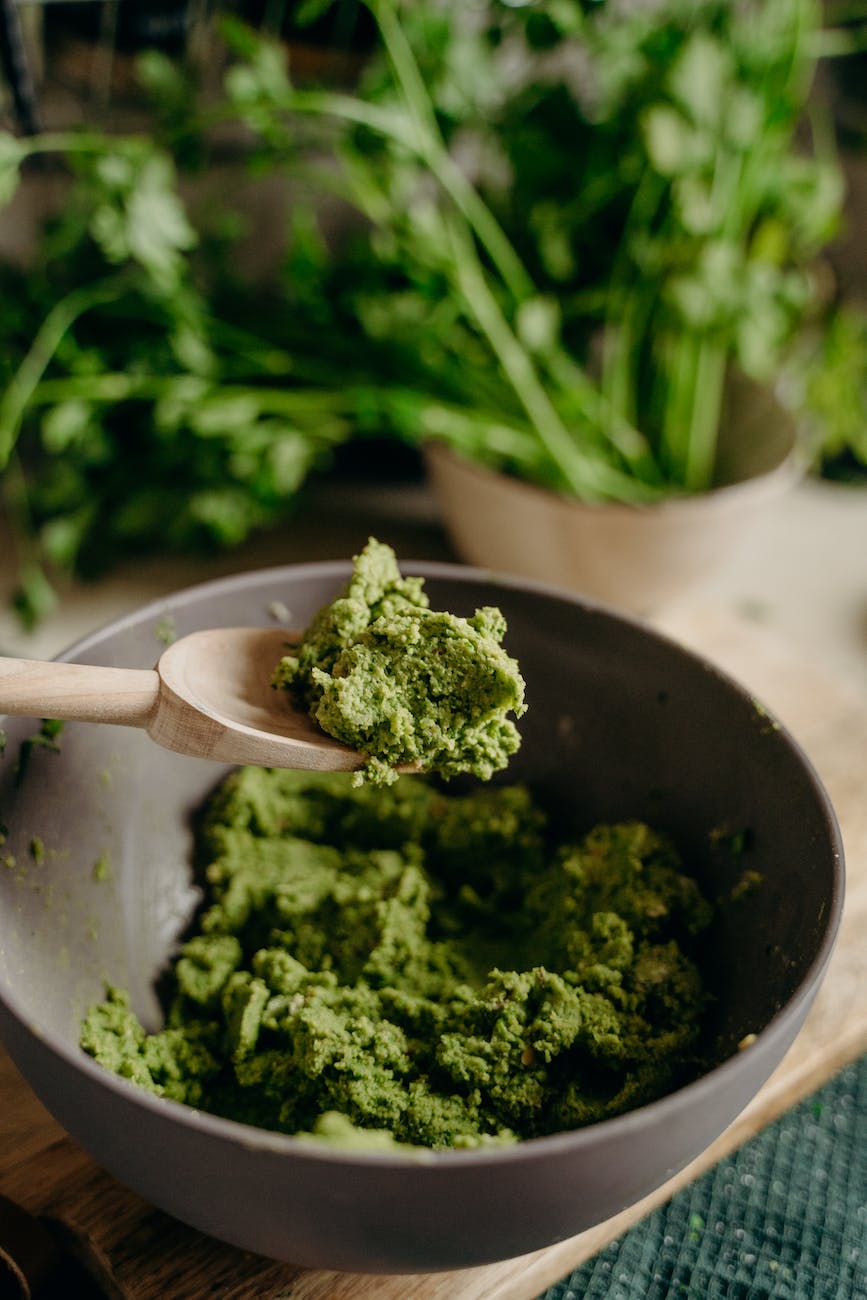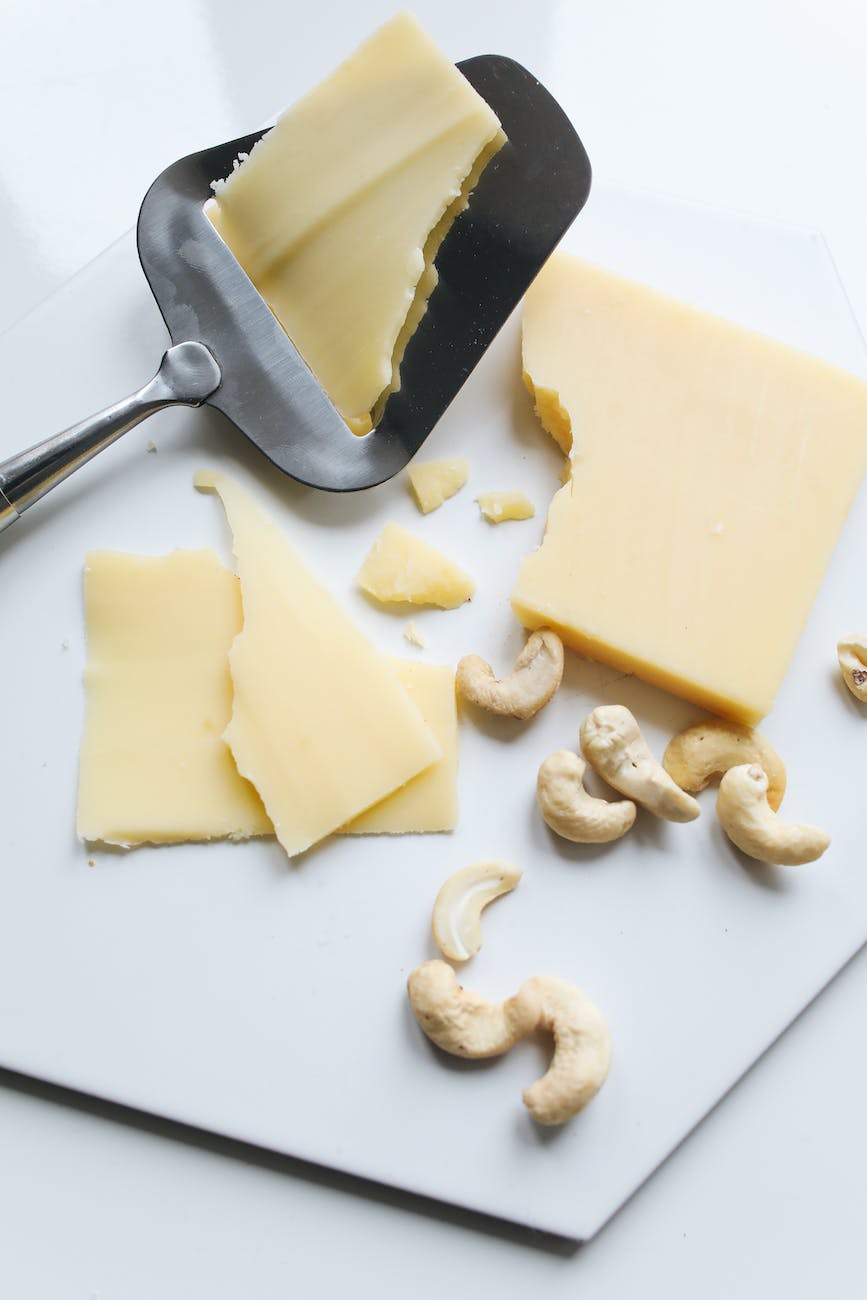
Italy, with its rich culinary heritage, has gifted the world with a plethora of cheeses, each boasting unique flavors, textures, and histories. Among these, Parmesan and its close counterparts, Parmigiano Reggiano, Pecorino Romano, and Grana Padano, often lead to confusion among cheese enthusiasts. Let’s delve into the world of these cheeses and uncover their distinct characteristics.
Parmesan: The Global Favorite
From the bustling streets of New York to the vibrant markets of Tokyo, one cheese has managed to capture the hearts and palates of people worldwide: Parmesan. But what is it about this cheese that has made it a global sensation?
Originating from the Parma region of Italy, Parmesan, known as “Parmigiano” in its homeland, is a hard, granular cheese celebrated for its rich, umami-packed flavor and crumbly texture. Its versatility is unparalleled. Whether it’s:
- Finely grated atop a plate of spaghetti
- Shaved over a fresh Caesar salad
- Simply enjoyed in chunks with a drizzle of aged balsamic vinegar
Parmesan elevates every dish it graces.
The production of Parmesan is an art form. Traditional methods involve aging the cheese for several months, sometimes even years, allowing it to develop its signature depth of flavor. The longer it’s aged, the more intense and crumbly it becomes, making aged Parmesan a sought-after delicacy among cheese aficionados.
However, it’s essential to distinguish between authentic Italian Parmesan and its many imitations. True Parmesan, or Parmigiano Reggiano, is produced under strict guidelines in specific regions of Italy. It’s this rigorous production process, combined with Italy’s rich dairy heritage, that gives genuine Parmesan its unique taste profile. On the other hand, the term “Parmesan” is not protected outside Europe, leading to a variety of cheeses, some good and some not-so-good, bearing the Parmesan name worldwide.
But regardless of its origin, the global love affair with Parmesan is undeniable. Its umami-rich flavor, the way it melts in the mouth, and its ability to transform dishes from ordinary to extraordinary have solidified its position as a culinary superstar. Whether you’re a chef in a Michelin-starred restaurant or a home cook preparing a family meal, Parmesan is the secret weapon that never fails to impress.
Parmigiano Reggiano: The King of Cheeses
In the realm of cheeses, few can claim the regal status and universal admiration bestowed upon Parmigiano Reggiano. Often referred to as the “King of Cheeses,” this Italian marvel is not just a dairy product; it’s a testament to centuries-old traditions, meticulous craftsmanship, and a passion for excellence.
Hailing from the specific provinces of Parma, Reggio Emilia, Modena, and parts of Bologna and Mantova, Parmigiano Reggiano is a product of its environment. The unique terroir of these regions, combined with traditional dairy farming practices, gives this cheese its distinctive character. Here’s what sets it apart:
- Protected Designation of Origin (PDO): This certification ensures that every wheel of Parmigiano Reggiano adheres to strict production standards and originates from the designated regions.
- Aging to Perfection: While many cheeses are consumed young, Parmigiano Reggiano is aged for a minimum of 12 months, with some varieties being matured for over 36 months. This aging process imparts a crystalline texture and a depth of flavor that ranges from nutty to sharp.
- Natural Production: Made from raw cow’s milk, rennet, and salt, the cheese is devoid of any additives or preservatives. The milk’s natural fermentation, combined with the cheese-making expertise, results in its golden hue and granular texture.
- Versatility in Culinary Arts: Beyond grating over pasta, Parmigiano Reggiano can be savored in chunks, paired with honey or fruits, melted into risottos, or even used in desserts. Its rich umami flavor enhances the taste profile of any dish it graces.
- Nutritional Powerhouse: Rich in protein, calcium, and essential amino acids, Parmigiano Reggiano is not only delicious but also nutritious. It’s a cheese that complements a balanced diet and offers health benefits.
The allure of Parmigiano Reggiano goes beyond its taste. It’s about the stories of artisans who have dedicated their lives to perfecting it, the echoing sounds of wheels being tapped to check their quality, and the sheer joy of savoring a piece of history. In the world of cheeses, Parmigiano Reggiano rightfully wears its crown, reigning supreme as the true “King of Cheeses.”
Pecorino Romano: The Salty Alternative
Venture into the heart of Italy, and you’ll discover a cheese that’s as robust in flavor as it is in history: Pecorino Romano. This cheese, with its sharp, salty notes, offers a delightful contrast to its more famous counterparts and stands as a testament to Italy’s diverse cheese-making traditions.
Originating from the Lazio region, and now also produced in parts of Sardinia, Pecorino Romano is distinctively different from other Italian cheeses. Here’s what makes it so special:
- Sheep’s Milk Legacy: Unlike cheeses made from cow’s milk, Pecorino Romano is crafted exclusively from sheep’s milk. This gives it a unique, tangy flavor profile that’s unmistakably bold.
- Ancient Roots: The legacy of Pecorino Romano dates back over two millennia. Ancient Roman soldiers consumed this cheese as a part of their rations, valuing it for its nutritional content and long shelf life.
- Artisanal Production: The cheese-making process for Pecorino Romano is steeped in tradition. Natural rennet, derived from lamb’s stomach, is used in its production, ensuring an authentic taste and texture.
- Aged Brilliance: Pecorino Romano is aged for a minimum of five months, and sometimes even longer. This aging imparts a crumbly texture and intensifies its salty, sharp flavors, making it perfect for grating.
- Culinary Versatility: While it’s a favorite for grating over pasta dishes, especially classics like “Cacio e Pepe”, Pecorino Romano can also be enjoyed in slivers with a drizzle of honey, paired with bold red wines, or used to add a salty kick to salads and soups.
- Nutritional Benefits: Packed with protein, calcium, and essential vitamins, Pecorino Romano is not just a flavor enhancer but also a health booster. Its rich mineral content, especially zinc and phosphorus, contributes to its health benefits.
Pecorino Romano is more than just a cheese; it’s a journey through Italy’s rich culinary heritage. Its bold flavors, combined with its storied past, make it a cheese that’s both a delight to the palate and a nod to ancient Italian traditions. For those looking for a salty alternative to the usual cheeses, Pecorino Romano offers a taste that’s both distinctive and timeless.
Grana Padano: The Subtle Cousin
Nestled within the fertile plains of Northern Italy lies the birthplace of a cheese that, while less renowned than its famous relatives, holds its own in terms of flavor, texture, and heritage: Grana Padano. Often overshadowed by the illustrious Parmigiano Reggiano, Grana Padano offers a subtler, milder alternative that has charmed cheese enthusiasts for centuries.
Here’s a deeper dive into the world of Grana Padano:
- Po River Valley Origins: Grana Padano’s roots trace back to the Po River Valley, a region known for its rich soil and dairy farming traditions. The cheese owes its delicate flavor to the high-quality milk from this region.
- Time-Honored Production: The production of Grana Padano follows age-old traditions. Using partially skimmed cow’s milk, the cheese is crafted with meticulous care, ensuring that each wheel meets the highest standards.
- Distinct Aging Categories: Grana Padano is classified based on its aging process. Whether it’s the younger, creamier version aged for 9-16 months, the more crumbly and flavorful variety aged over 16 months, or the “Riserva” aged for over 20 months, each type offers a unique taste experience.
- Versatile Culinary Companion: Grana Padano’s mild and less salty profile makes it a versatile addition to various dishes. It can be grated over risottos, sliced into salads, or simply paired with a glass of sparkling white wine.
- Nutritional Value: Grana Padano is a treasure trove of nutrients. Rich in protein, calcium, and essential vitamins, it’s a wholesome choice for those seeking both taste and nutrition.
- Protected Designation of Origin (PDO): Just like its famous cousin, Grana Padano boasts a PDO status, ensuring that the cheese adheres to strict production and quality standards.
Grana Padano stands as a testament to Italy’s diverse and rich cheese-making heritage. Its subtle flavors, combined with its creamy-to-crumbly texture variations, make it a favorite among those who seek a milder alternative to the more robust Italian cheeses. In the grand tapestry of Italian dairy products, Grana Padano shines as a subtle yet significant thread, weaving its own unique story.
Parmesan vs. Parmigiano Reggiano: What’s the Difference?
In the world of cheeses, nuances matter. Two cheeses that often spark debate and confusion are Parmesan and Parmigiano Reggiano. While they may seem similar at first glance, delve a little deeper, and the distinctions become clear. Let’s unravel the mystery behind these two celebrated cheeses.
- Origins and Naming:
- Parmigiano Reggiano: This cheese hails from specific provinces in Italy: Parma, Reggio Emilia, Modena, and parts of Bologna and Mantova. The name “Parmigiano Reggiano” is protected by the European Union’s Protected Designation of Origin (PDO) status, ensuring that only cheese produced in these regions following strict guidelines can bear this name.
- Parmesan: The term “Parmesan” is the anglicized version of “Parmigiano.” Outside of Europe, especially in the U.S., the name isn’t protected, leading to various cheeses, some authentic and some not, being labeled as Parmesan.
- Production Standards:
- Parmigiano Reggiano: Made from raw cow’s milk, traditional rennet, and salt, this cheese undergoes a rigorous production process. It’s aged for a minimum of 12 months, with some wheels maturing for over 36 months.
- Parmesan: While some Parmesan cheeses might follow similar production methods, there’s no strict standard. This means the quality, ingredients, and aging process can vary significantly.
- Flavor and Texture:
- Parmigiano Reggiano: Known for its rich, nutty flavor and crystalline texture, this cheese offers a depth of flavor that intensifies with aging.
- Parmesan: The flavor profile can range from mild to sharp, depending on the production method and aging. The texture can also vary, from semi-hard to hard.
- Price Point:
- Parmigiano Reggiano: Given its PDO status, traditional production methods, and lengthy aging process, it often comes with a higher price tag.
- Parmesan: Prices can vary widely, with authentic versions being more expensive and mass-produced varieties being more affordable.
- Usage:
- Parmigiano Reggiano: Ideal for grating over pasta, risottos, and salads, it can also be enjoyed in chunks, paired with wines, or used in gourmet dishes.
- Parmesan: Its versatile nature makes it suitable for a range of dishes, from pizzas and pastas to soups and salads.
In essence, while Parmigiano Reggiano and Parmesan might seem interchangeable, they represent different ends of the cheese spectrum. For those seeking an authentic Italian experience, Parmigiano Reggiano is the way to go. However, for everyday cooking and convenience, Parmesan can be a suitable choice. The key is to understand the differences and choose based on your culinary needs and preferences.
Pecorino Romano vs. Parmesan: A Sheep vs. Cow Duel
n the grand arena of cheeses, two heavyweights often find themselves pitted against each other: Pecorino Romano and Parmesan. While both are celebrated in culinary circles, they hail from different backgrounds and offer distinct flavors and textures. Let’s dive into the nuances of this age-old duel.
- Origins and Heritage:
- Pecorino Romano: This cheese traces its roots to the Lazio region of Italy, and today, it’s also produced in parts of Sardinia. The name “Pecorino” is derived from the Italian word for sheep, “pecora,” highlighting its primary ingredient.
- Parmesan: Also known as Parmigiano Reggiano, this cheese originates from the provinces of Parma, Reggio Emilia, and Modena in Northern Italy. It’s a testament to the region’s rich dairy traditions.
- Milk Source:
- Pecorino Romano: Crafted exclusively from sheep’s milk, this cheese boasts a bold, tangy flavor profile that’s unmistakably unique.
- Parmesan: Produced from cow’s milk, Parmesan offers a rich, nutty flavor that becomes more pronounced with age.
- Aging and Texture:
- Pecorino Romano: Typically aged for about eight to twelve months, Pecorino Romano has a hard, crumbly texture. Some aged varieties can be even saltier and sharper.
- Parmesan: Aged for a minimum of 12 months and often much longer, Parmesan develops a hard, crystalline texture that’s perfect for grating.
- Culinary Uses:
- Pecorino Romano: With its robust flavor, it’s a favorite for grating over classic Roman dishes like “Cacio e Pepe” and “Carbonara.” It also pairs well with robust wines and honey.
- Parmesan: Its versatile nature makes it a staple in a variety of dishes, from risottos and pastas to salads and soups. It’s also a popular choice for cheese platters, paired with fruits and nuts.
- Nutritional Aspects:
- Pecorino Romano: Being made from sheep’s milk, it’s rich in essential fatty acids. It also contains a good amount of calcium, protein, and other vital minerals.
- Parmesan: A powerhouse of protein and calcium, Parmesan also offers a range of vitamins and minerals, making it a nutritious addition to meals.
- Price and Authenticity:
- Pecorino Romano: While genuine Pecorino Romano comes with a higher price tag due to its traditional production methods, there are cheaper variants available in the market.
- Parmesan: Authentic Parmigiano Reggiano can be on the pricier side, given its PDO status and lengthy aging process. However, generic Parmesan cheeses are often more affordable.
In conclusion, while Pecorino Romano and Parmesan might share the stage in the world of cheeses, they each sing their own unique tune. Whether you’re team sheep or team cow, appreciating the distinct qualities of each cheese ensures a delightful culinary experience. The choice, as always, boils down to individual palate preferences and the specific dish in question.
The Three-Way Battle: Parmigiano Reggiano vs. Grana Padano vs. Pecorino Romano
In the illustrious world of Italian cheeses, three names often stand out, each vying for the top spot in culinary hearts: Parmigiano Reggiano, Grana Padano, and Pecorino Romano. While they might appear similar to the untrained eye, each cheese boasts its own unique heritage, flavor profile, and culinary applications. Let’s delve into this three-way battle and uncover the distinct characteristics of each contender.
- Origins and Historical Significance:
- Parmigiano Reggiano: Hailing from the provinces of Parma, Reggio Emilia, Modena, and parts of Bologna and Mantova, this cheese is often dubbed the “King of Cheeses.” Its production dates back centuries, with monks in the region perfecting its craft.
- Grana Padano: Originating from the Po River Valley in Northern Italy, Grana Padano has been a staple in Italian households since the 12th century. Its name, “Grana,” refers to the grainy texture of the cheese.
- Pecorino Romano: With roots in the Lazio region and parts of Sardinia, Pecorino Romano is one of the oldest Italian cheeses, with its production tracing back over two millennia.
- Milk Source and Production:
- Parmigiano Reggiano: Made exclusively from cow’s milk, this cheese undergoes a meticulous aging process, with wheels maturing for a minimum of 12 months and some even reaching 36 months.
- Grana Padano: Also crafted from cow’s milk, Grana Padano has varying aging categories, from 9 months to over 20 months for the Riserva variety.
- Pecorino Romano: Distinctly different, this cheese is produced from sheep’s milk, giving it a sharper and tangier flavor profile.
- Flavor and Texture:
- Parmigiano Reggiano: Renowned for its rich, nutty, and slightly fruity flavor, it boasts a hard, crystalline texture that’s perfect for grating.
- Grana Padano: Milder and subtler than Parmigiano, it offers a creamy-to-crumbly texture spectrum based on its age.
- Pecorino Romano: Its bold, salty, and tangy notes set it apart, with a firm texture that softens slightly in aged varieties.
- Culinary Uses:
- Parmigiano Reggiano: A favorite for grating over pasta dishes, risottos, and salads. It’s also enjoyed in chunks, paired with balsamic vinegar or honey.
- Grana Padano: Versatile in nature, it’s used in a range of dishes, from pizzas and pastas to soups and salads.
- Pecorino Romano: A staple in classic Roman dishes like “Cacio e Pepe” and “Carbonara,” its robust flavor also complements wines and fruity accompaniments.
- Price and Authenticity:
- Parmigiano Reggiano: Given its PDO status and traditional production methods, it commands a premium price.
- Grana Padano: While it also boasts a PDO status, it’s often more affordable than Parmigiano Reggiano.
- Pecorino Romano: The price varies based on age and authenticity, with genuine varieties from Lazio and Sardinia being more expensive.
In the end, while Parmigiano Reggiano, Grana Padano, and Pecorino Romano might be contenders in the same category, each brings its own unique charm to the table. Whether you’re savoring a slice on its own or enhancing a dish, these cheeses promise a journey of flavors and textures. The true winner? Anyone fortunate enough to taste and appreciate their rich heritage and craftsmanship.
FAQs: Satisfying Your Curiosity About Italian Cheese
- What makes Parmigiano Reggiano different from regular Parmesan?
- While both cheeses share some similarities, Parmigiano Reggiano is produced under strict regulations in specific regions of Italy and has a Protected Designation of Origin (PDO) status. On the other hand, Parmesan is a generic term and can be made anywhere without the stringent guidelines that define Parmigiano Reggiano.
- Is Grana Padano a type of Parmesan?
- No, Grana Padano is a distinct cheese with its own PDO status. While both are hard, grating cheeses from Italy, they come from different regions and have subtle differences in flavor, texture, and aging processes.
- Why is Pecorino Romano sharper than other Italian cheeses?
- Pecorino Romano is made from sheep’s milk, which gives it a distinct tangy and salty flavor profile, making it sharper than cow’s milk cheeses like Parmigiano Reggiano or Grana Padano.
- Can I use Grana Padano as a substitute for Parmigiano Reggiano in recipes?
- Yes, Grana Padano can be used as a substitute for Parmigiano Reggiano in most recipes. However, keep in mind that Grana Padano is milder, so there might be a slight difference in the flavor intensity.
- Which cheese is the oldest among Parmigiano Reggiano, Grana Padano, and Pecorino Romano?
- Pecorino Romano claims the title, with its production tracing back over two millennia, making it one of the oldest Italian cheeses.
- Why are these Italian cheeses often more expensive than others?
- The production of cheeses like Parmigiano Reggiano and Grana Padano follows traditional methods, requires longer aging periods, and adheres to strict regional guidelines. This ensures quality and authenticity but can also drive up the price.
- How should I store these Italian cheeses to maintain their flavor and texture?
- It’s best to wrap them in wax paper or cheese paper and then place them in a resealable plastic bag in the refrigerator. This allows the cheese to breathe while retaining moisture.
- Can I eat the rind of these cheeses?
- While the rinds are edible and often used to flavor soups and broths, they can be quite hard and are typically not consumed on their own.
- Which wine pairs best with these cheeses?
- Parmigiano Reggiano pairs beautifully with full-bodied reds like Chianti or sparkling wines like Prosecco. Grana Padano goes well with both red and white wines, while Pecorino Romano complements robust red wines due to its strong flavor.
- Are there any health benefits associated with consuming these cheeses?
- Yes, these cheeses are rich in calcium, protein, and essential vitamins. They also contain probiotics, which are beneficial for gut health. However, they should be consumed in moderation due to their high sodium and fat content.
These FAQs aim to shed light on the intricate world of Italian cheeses. Whether you’re a cheese connoisseur or a curious foodie, understanding the nuances of these celebrated cheeses can enhance your culinary experiences.
Conclusion: The world of Italian cheeses is as rich and varied as the country’s storied history. From the nutty depths of Parmigiano Reggiano to the tangy peaks of Pecorino Romano, each cheese offers a unique taste of Italy’s culinary heritage. As we’ve journeyed through the nuances of these celebrated cheeses, it’s evident that their allure lies not just in their flavors but also in the traditions, craftsmanship, and passion that go into their creation. Whether you’re grating them over a dish or savoring a slice with a glass of wine, these cheeses promise an authentic taste of Italy, right on your plate.
Blog Tags: Italian cheeses, Parmigiano Reggiano, Grana Padano, Pecorino Romano, cheese pairing, culinary heritage, cheese aging, PDO status, cheese production, Italian cuisine.
